VORA is a prototype to consolidate the temporary public spaces that have occupied streets in response to the COVID-19 crisis. It forms a limit between cars and pedestrians that can be played on and appropriated, encouraging new uses for the public spaces that have been expanded in the areas near schools. VORA builds a safe boundary between cars and these new pedestrianized spaces, where users can engage in leisure, educational and cultural activities.
EIT-Urban Mobility
COVID 19 Crisis Response Call 2020
VORA: Safe Occupiable Limit for Tactical Public Space Extension.
VORA is a prototype to consolidate the temporary pedestrian public spaces that have occupied streets in response to the COVID-19 crisis. It forms a limit that can be played on and appropriated, encouraging new uses for the public spaces that have been expanded in the areas near schools. VORA builds a safe boundary between cars and these new pedestrianized spaces, where users can engage in leisure, educational and cultural activities.
VORA is a system, not a specific object. Its size and layout can be adapted to any site to generate a safe limit that will protect and activate expanded pedestrian space. Once the system is installed, VORA’s plug-in components can be rearranged according to the needs of the site with the addition of slides, steps, benches or combined playscapes.
VORA is part of FURNISH, a project promoted and financed by the European Union (EIT-Urban Mobility) with the participation of seven teams from five cities across Europe.
VORA was designed and digitally fabricated by a team of researchers, professors, staff, alumni and students from ELISAVA Barcelona School of Design and Engineering, led by Roger Paez, PhD Architect.
VORA was tested with end users in Barcelona’s public space for a full month and subsequently shared in open-source code so it can be implemented throughout Europe.
Support for VORA was provided by the Barcelona City Council and the Sagrada Família school.
Summarising, VORA is a plug-in that aims to reinvent places to meet and share, promoting the civic appropriation of outdoor public spaces in order to increase the number of COVID-19 safe spaces and prompt positive sociocultural exchanges and community-building in compact city centres.
VORA’s proposal is conceptually and pragmatically related to a bold defence of the values of temporality in the design, use and management of public space.
Please highlight how the project can be exemplary in this context
VORA’s key objectives in terms of sustainability can be summarised as local manufacturing, renewable materials and digital fabrication.
VORA’s objective to promote local manufacturing responds to the general aim of reincorporating sustainable production and circularity in the city. Many European cities, and especially their compact centres, have lost their relevance as places of production, focusing instead on consumption. In order to ensure the long-term sustainability of cities as complex and relevant social hubs, it is necessary to curb the excessive dependence on the service sector (including tourism) and work towards a progressive reintegration of the city in the production cycle. Promoting local manufacturing of added-value goods, especially when they are destined for local use, is one the avenues worth exploring.
VORA’s objective to use renewable materials for its construction responds to the general aim of reducing waste and limiting the carbon footprint of built elements. Specifically, the use of certified wood produced through Sustainable Forest Management ensures the aims established by the Ministerial Conference on the Protection of Forests in Europe, namely to use "forest lands in a way and at a rate that maintains their productivity, biodiversity, regeneration capacity, vitality” without causing damage to other ecosystems.
Finally, VORA’s objective to promote digital fabrication relates to the efficiency provided by advanced techniques in terms of the material, time and economic resources used. They facilitate decentralised fabrication and work towards an integral distributed production system. Combined with traditional craftsmanship, they offer new ways to reinvent artisanship in the 21st century and prompt socially, environmentally and materially sustainable labour. Moreover, digital fabrication facilitates the customisation and personalisation of designs, as well as the continuous upgradability of designs through open-source sharing.
Please highlight how the project can be exemplary in this context
VORA’s key objectives in terms of aesthetics can be summarised as style, hybridity and variation.
VORA’s objective to offer high-quality design style for temporary interventions purposefully aims to offer an alternative to the dominant flashy aesthetics usually associated with temporary space design and tactical urbanism. More subdued aesthetics favour a better integration of ephemeral architecture interventions within public space, while high-quality temporary solutions reinforce the intrinsic value of temporality and break down the still common association between temporariness and low quality.
VORA’s objective to seek a hybrid design that is open to interpretation by end users aims at offering an alternative to excessively specialised design in public space. That is a very important question as public space needs to be appropriable by all and co-opted by none. Pursuing subtly hybrid aesthetics reinforces the active role of citizens in creatively relating to the design, free from predetermined expectations based on its supposed nature and urban function. Simultaneously a safety limit, a bench and a playscape, VORA purposefully navigates this carefully curated indeterminacy to leave the design open to multiple citizen interpretations.
Finally, VORA’s objective to pursue beauty in variation and change responds to the aim of integrating temporality as an aesthetic horizon. VORA’s degrees of variation include at least three different modes. First, its configuration is not stable or fixed, but can be adapted at any given moment—VORA is an open system that accepts many variations in size and layout. Second, its specific configuration can be rapidly and easily modified to adapt to the desired function, simply combining the two main elements: seat and slope. Third, VORA can be customised and personalised by the school children through painted patterns that are the result of co-creation workshops.
Please highlight how the project can be exemplary in this context
VORA’s key objectives in terms of inclusion can be summarised as citizen engagement through participation, co-creation and appropriation. A crucial general aspect of inclusion is VORA’s extreme affordability both in terms of resources (material, labour, economic) and time, due to its tactical urbanism nature.
VORA’s objective to promote active participation from citizens in the definition of their public spaces and how they are used is realised in the general aim to trigger citizen engagement through participatory and collaborative frameworks. This objective is met through the active involvement of the educational community (including educators, students and parents) in the definition of VORA’s uses. These uses included formal lectures, practice-based educational experiences, school meetings and informal play.
VORA’s use of co-creation formats helped to include relevant stakeholders in the design and continuous customisation of the system. VORA was the result of a multi-disciplinary team of students and professional designers, architects, engineers and builders of different ages and levels of expertise. VORA was subsequently fine-tuned through a co-design phase between 7 design teams selected through an open innovation call, allowing the main design team to incorporate knowledge and expertise from across Europe.
VORA’s objective to promote positive public space appropriation by all, ensuring that it is co-opted by none, was met through an organic balance between programmed activities (mostly by the neighbouring school) and unprogrammed activities. On weekday mornings, VORA helped organise programmed events, mostly educational. During drop-off and pick-up times, VORA acted as a social hub, triggering relations between local residents while allowing to keep safe distances, and acting as a focal playground for the neighbourhood. During weekends, VORA became an available space where children or elderly people, depending on the time of day, shared experiences.
Please highlight how this approach can be exemplary
VORA’s three dimensions (sustainability, aesthetics and inclusion) have been combined from the outset to the final realisation through a simple ephemeral architecture device. The strength and exemplary character of the project lies precisely in using a simple element to support local production (sustainability) and galvanise the community (inclusion) through low-key, high-quality design (aesthetics).
VORA has 3 main results: built prototype, open-source digital fabrication files and articulation of a pan-European team. VORA’s impact in regaining a sense of belonging was substantial and scientifically measured through surveys of the prototype’s performance.
VORA turned a recently pedestrianised road space close to a Barcelona public school into a thriving community hub, temporally activated by different age and interest groups, which often shared the space. The impact of turning five parking places and their adjacent area into a complex public space through simple tactical urbanism mechanisms and the addition of VORA to consolidate the limit between pedestrians and cars is huge. Rather than a generic road space co-opted by traffic, this chamfer became a hub for positive social exchange and community-building.
Thanks to the careful monitoring of its performance while it was installed in public space, we can demonstrate a strong visibility (between 200-500 persons per hour on weekdays); a high rate of interaction with the structure (10-15% of passers-by); a varied and healthy series of civic uses to which the structure was put by citizens (e.g., reading, writing, drawing, measuring, resting, chatting, meeting, stretching, eating, drinking, spontaneous play, organised games, after-school activities, theatre performances, playing music); and a high proportion of user satisfaction (>100 people responding to an anonymous digital survey: 93% interested, 79% fully satisfied, 75% more time, 72% replicable, 85% easy to use, 71% integration).
Formal written reports from city council and school reinforce the desirable results of the prototype in terms of fostering social interaction and community-building through a carefully designed system with a strong social purpose, a solid social, environmental and economically sustainable approach and a clear replicability in compact and dense cities. VORA also has had a significant impact in the press and social media.
Please also explain the benefits that derived from their involvement.
The involvement of citizens and civil society benefiting from VORA has taken place at four different stages.
First, before the design phase, an open call for teams from all over Europe was made through a website (https://furnish.tech/). This system made it possible to activate a pan-European network that mobilised a significant number of creative people who are involved in their local communities, including universities, research centres, fab labs, city councils and other public administrations, thus extending the effect of the project well beyond specialised design circles and affecting civil society at large.
Second, during the design phase, a co-creation format was established during which all seven teams shared the experiences and difficulties encountered. These sessions were used to troubleshoot common problems and to align proposals with the overall aim of consolidating recently gained public space using tactical urbanism through co-design and local digital manufacturing.
Third, after the design phase, VORA’s proposal was pre-tested with the school end-users and subsequently fine-tuned to meet the requirements of the specific community that would most actively benefit from it (i.e., the school). Some changes were applied before the final installation in public space, and some during the first week when unforeseen situations arose.
Finally, after the prototype’s test in public space for a full month (twice as long as previously planned because the school and the school’s parents association formally requested an extension due to VORA’s success), further involvement of interested citizens and school children was planned to customise VORA through a pattern system that was documented in the technical documentation of the project and is now publicly accessible.
Most importantly, the direct use of VORA by citizens and their response through anonymous surveys and direct observation is a crucial source of feedback to adjust the project for further iterations.
VORA addresses the following global challenges by providing a local solution that is easily replicable: new mobility models, social desertification, lack of intergenerational relations, quality education for all, distributed local production, industry 4.0, recyclability, citizen engagement, urban resilience.
VORA’s innovative character can be summarised as temporality, co-creation and digital fabrication.
First and foremost, VORA’s innovative character lies in positing temporality to achieve citizen engagement and community building. VORA proposes adding temporary space design to the already existing urban planning and city-making formats. We strongly believe that in the current situation of global emergencies, including health (e.g., COVID), environmental (e.g., climate) and social (e.g., refugees) challenges, cities need to use time-based strategies to achieve the level of resilience and sustainability we all need to meet UN SDG11 (Make cities inclusive, safe, resilient and sustainable).
VORA’s innovative character also appears in the progressive and open-ended co-creation process through which it was conceived. VORA explores inclusive design processes that foster the integration of expert/end user/stakeholder points of view and decision-making capacities. Well beyond conventional participatory processes based on consensus, the project is built around a collaborative approach developed through specifically designed methodologies that allow for actively working with positive dissent to enrich design solutions and ensure their feasibility and applicability.
Finally, VORA’s innovative character is clearly displayed in the use of digital fabrication techniques. Some years ago, digital manufacturing was a visionary’s dream but today is a solidly established reality, as the hundreds of fab labs spread across Europe testify. Fab labs work towards democratising access to technology by offering access to shared infrastructures, machinery and communities of practice. Actively using this network is an innovative way to consolidate distributed production, on-demand manufacturing, local citizen engagement and capacity building. This novel mode of production helps streamline and give full traceability to construction processes, thus paving the path to sustainable construction.
Please provide clear documentation, communication of methodology and principles in this context.
VORA’s transferability can be summarised as open-source repository, capacity building and design certification.
The fact that VORA is already a publicly accessible design and free to use, as it is part of an open-source repository accessible through furnish.tech (https://drive.google.com/file/d/1-CWogUmSsbYeHHAAkwua9P-mqwx79ixy/view), clearly shows a potential for transferability to the general population—especially digital fabrication communities. In this case, what is freely transferred to any interested party are the results of the project, its formal configuration and its digital manufacturing files so anyone can reproduce it locally.
Another way to transfer VORA to other interested parties is through capacity-building initiatives, ideally integrated within European research programs. Both competitive and non-competitive formats may be used to transfer VORA’s learnings to interested parties, including but not limited to city councils, neighbourhood associations and community groups. Capacity building would expand the reach of the project well beyond VORA’s specific formal configuration and would allow for transfer not only of the design solution but of the techniques used to design it and produce it, its usability in actual urban situations and its strong community-building capacities.
Finally, VORA’s results can be transferred to industry through a process of certification that adapts the solution available in open source so that it meets the demands of regulatory boards and specific legal frameworks that may locally apply. Taking VORA’s prototype as a starting point, a potential knowledge transfer would be to develop a fully industrialised version of the product, officially certified and meeting all requirements of public administration so that it can be prescribed by urbanists, architects and designers in the configuration of public spaces across Europe and beyond.
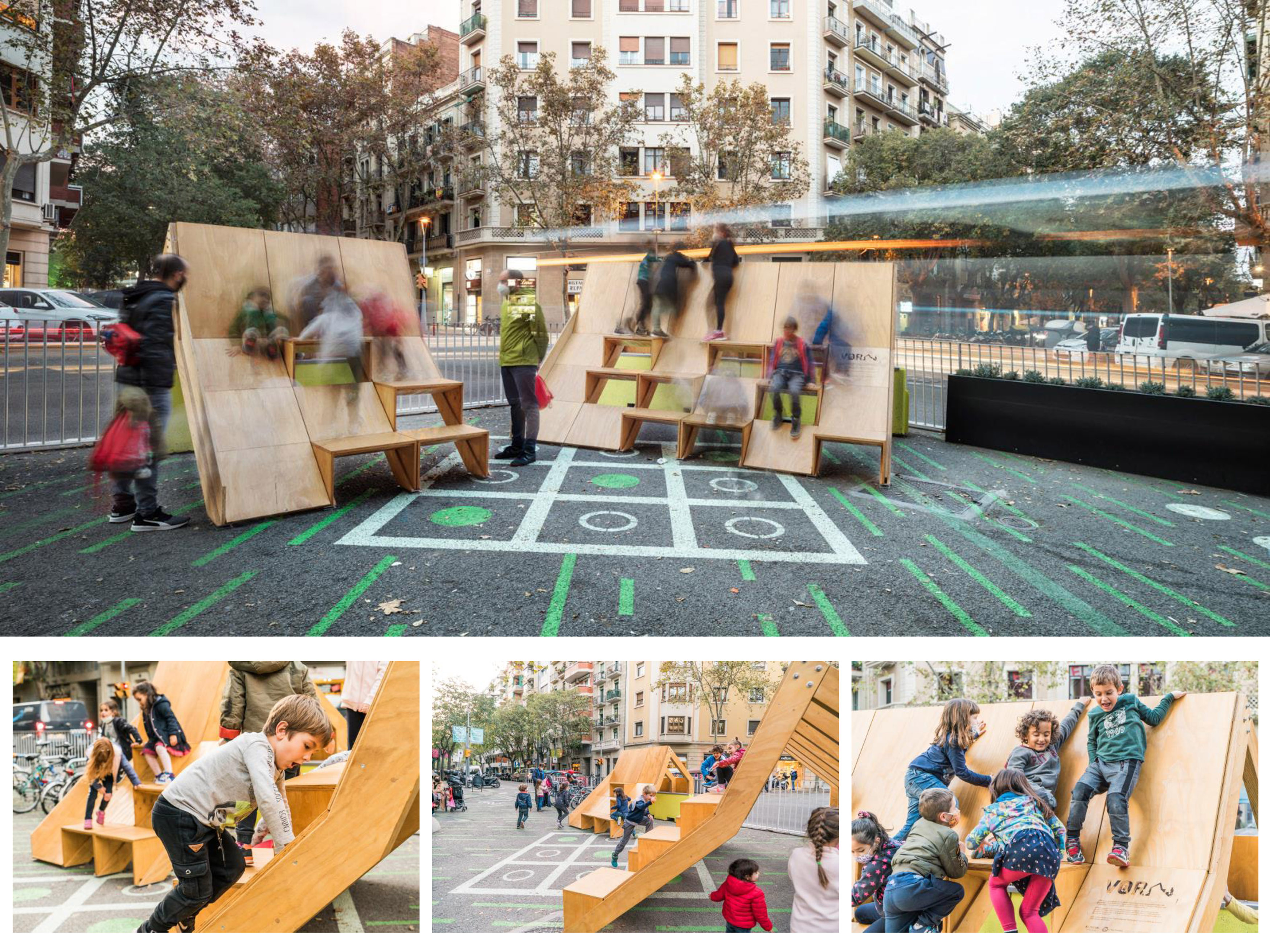
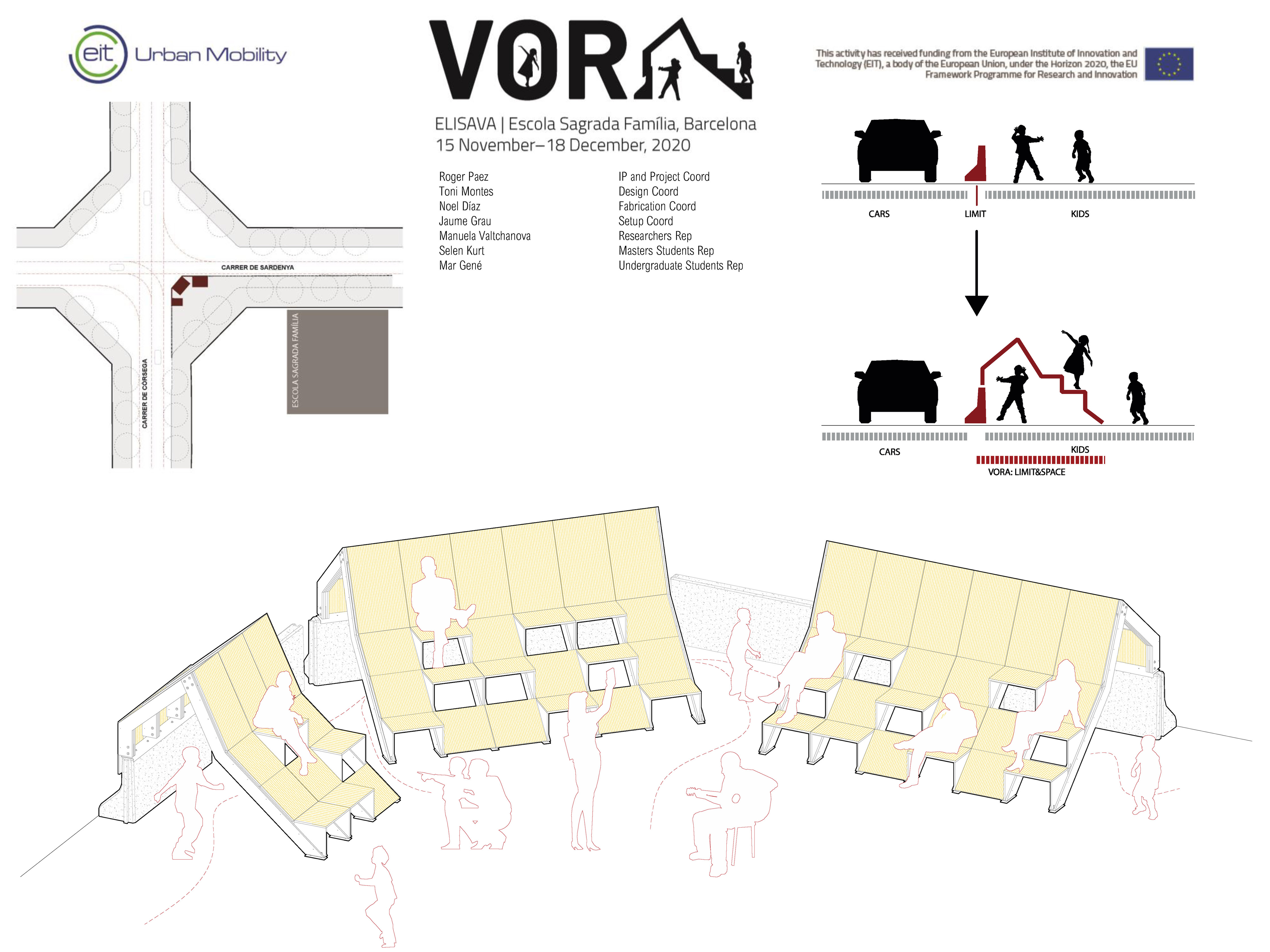
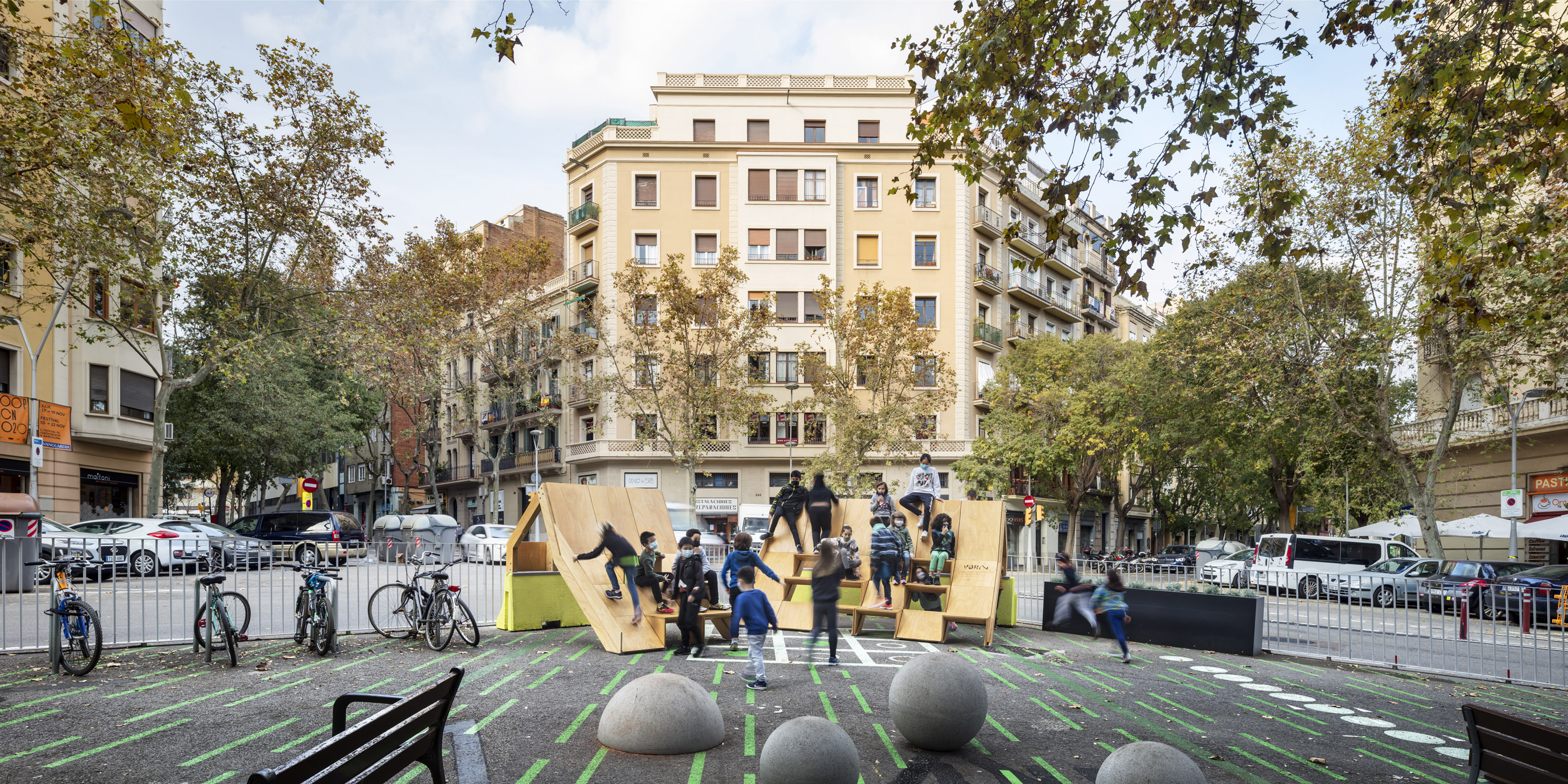
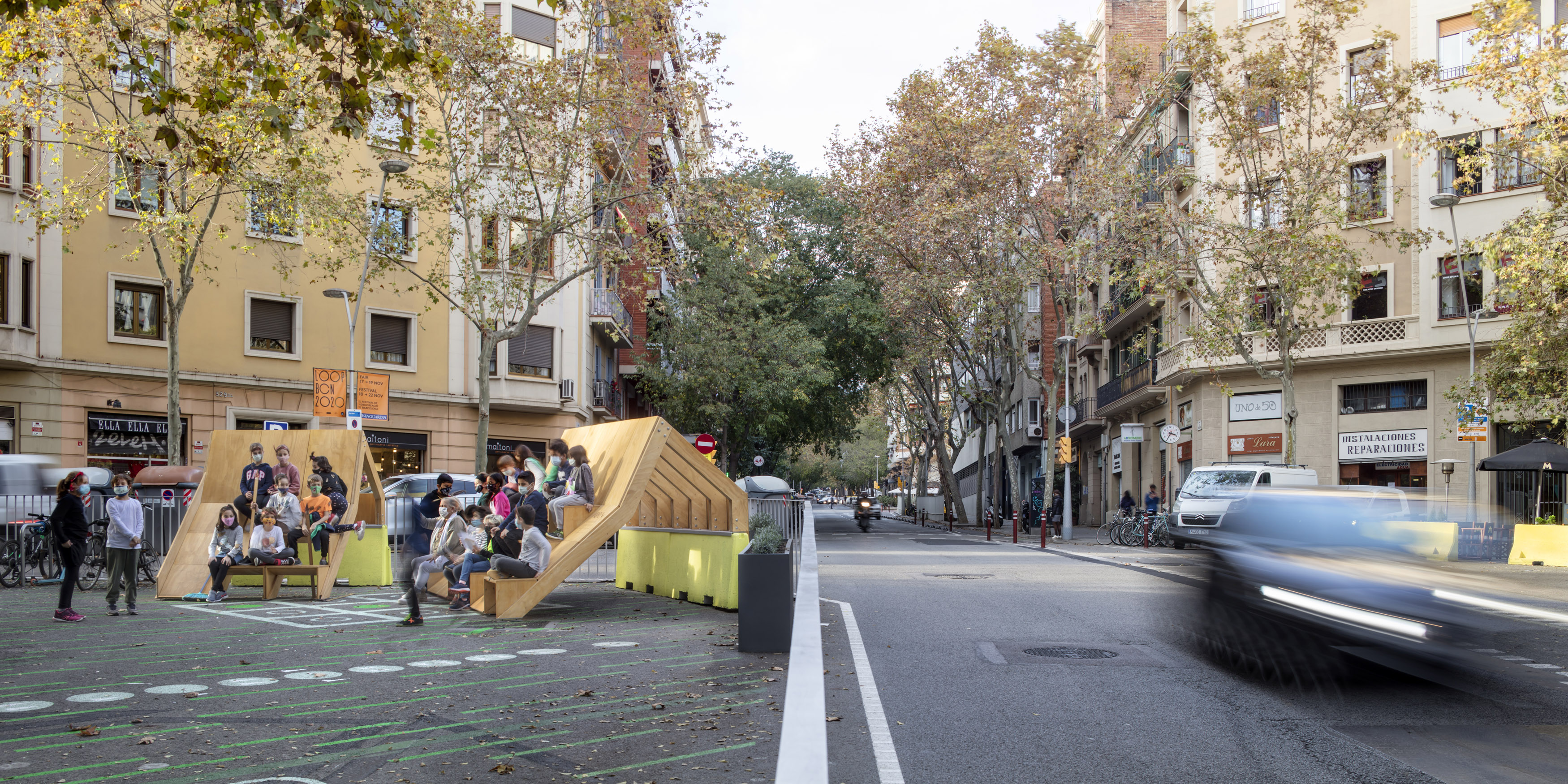
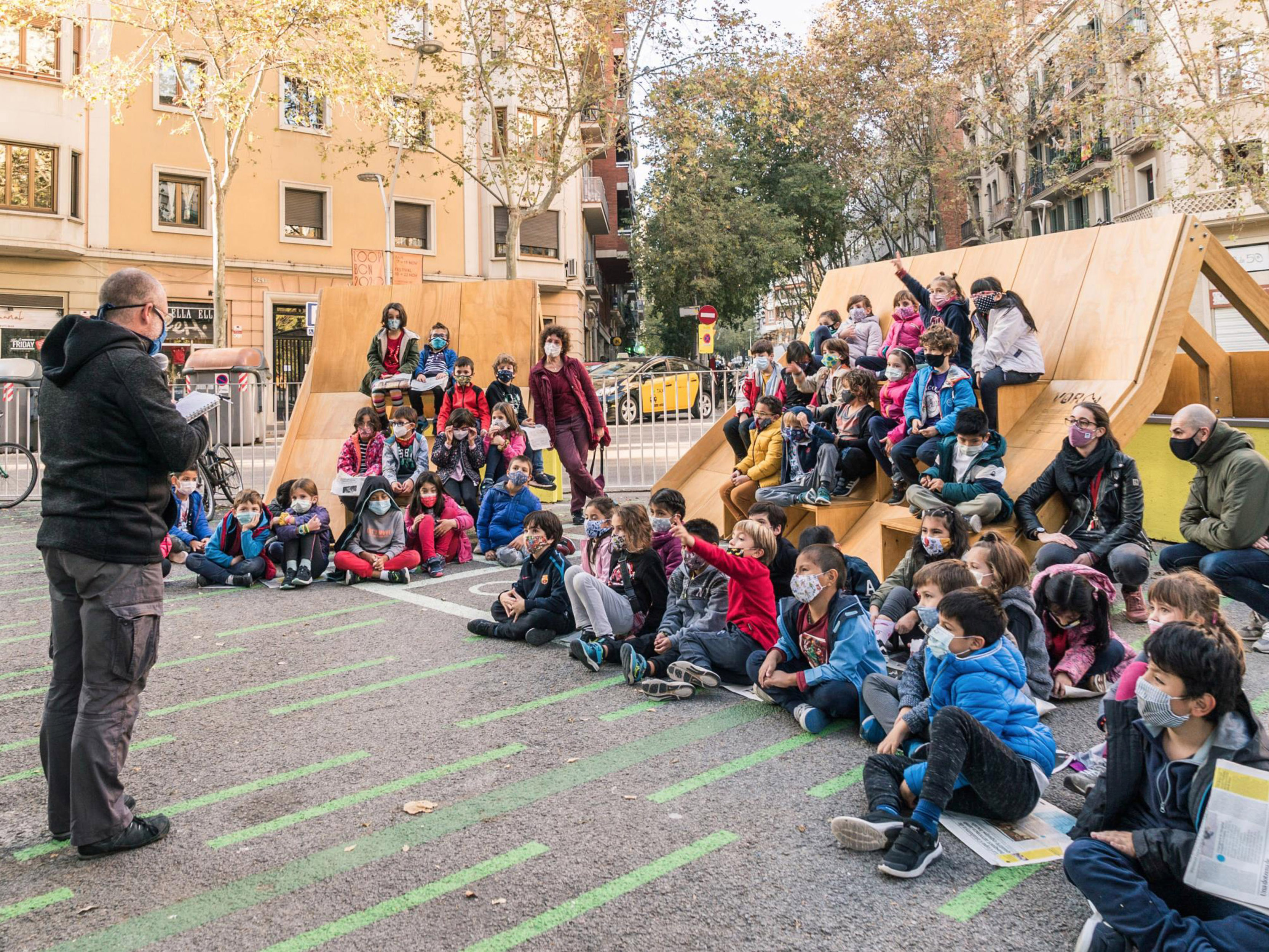
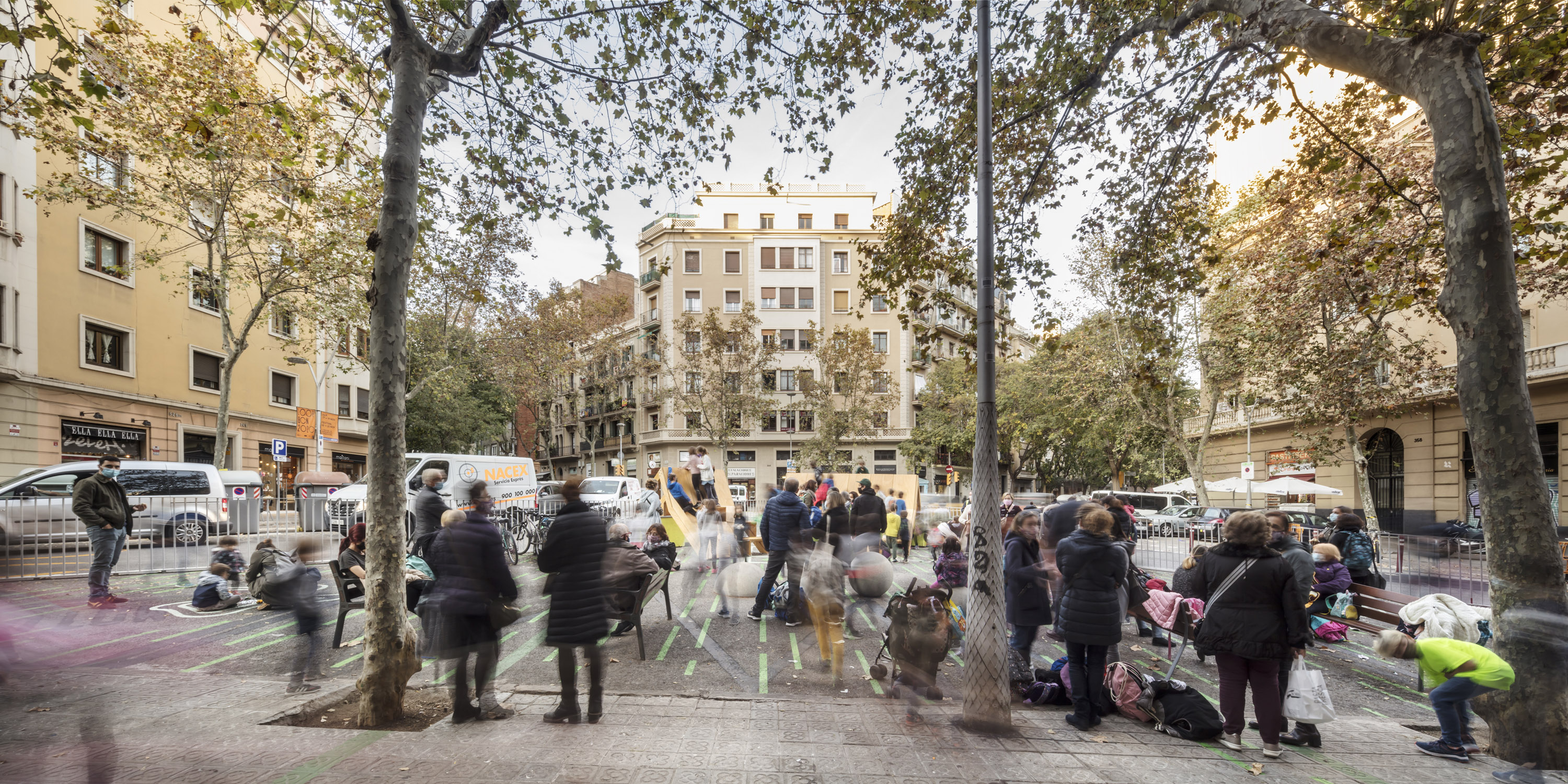
@Elisava Barcelona School of Design and Engineering, 2020
Content licensed to the European Union.